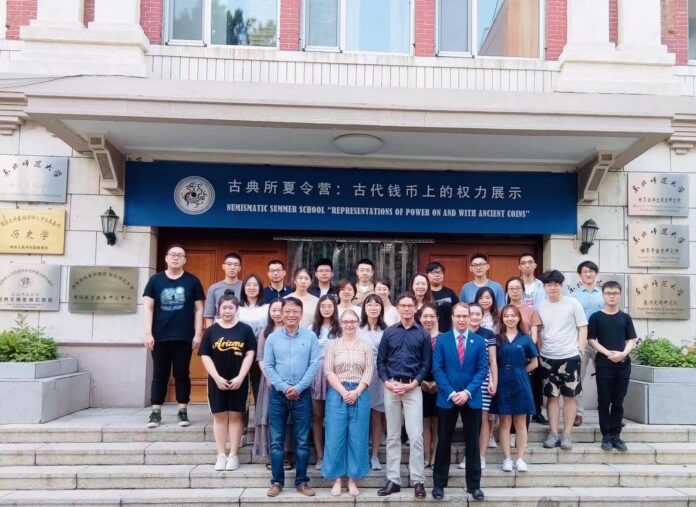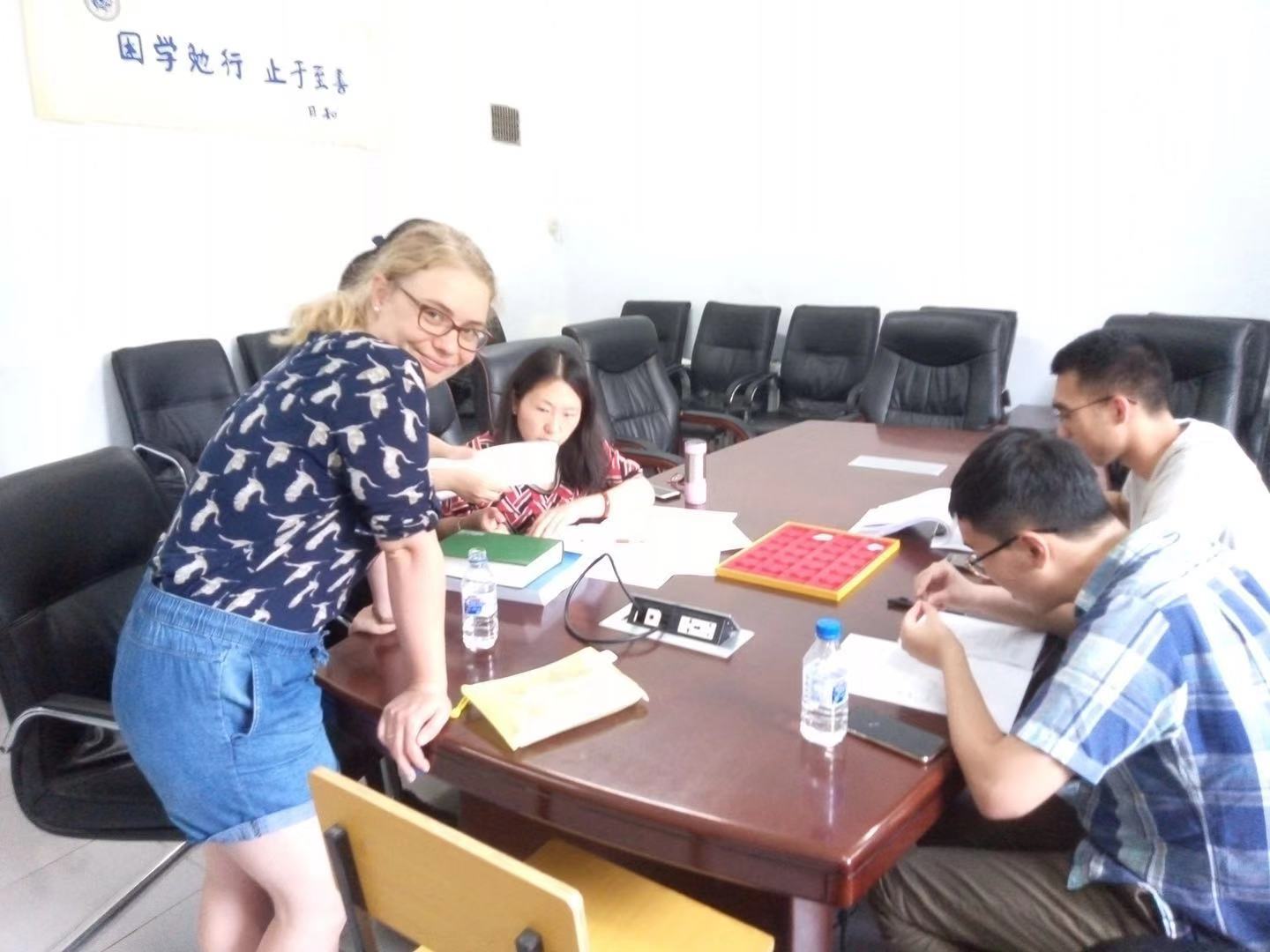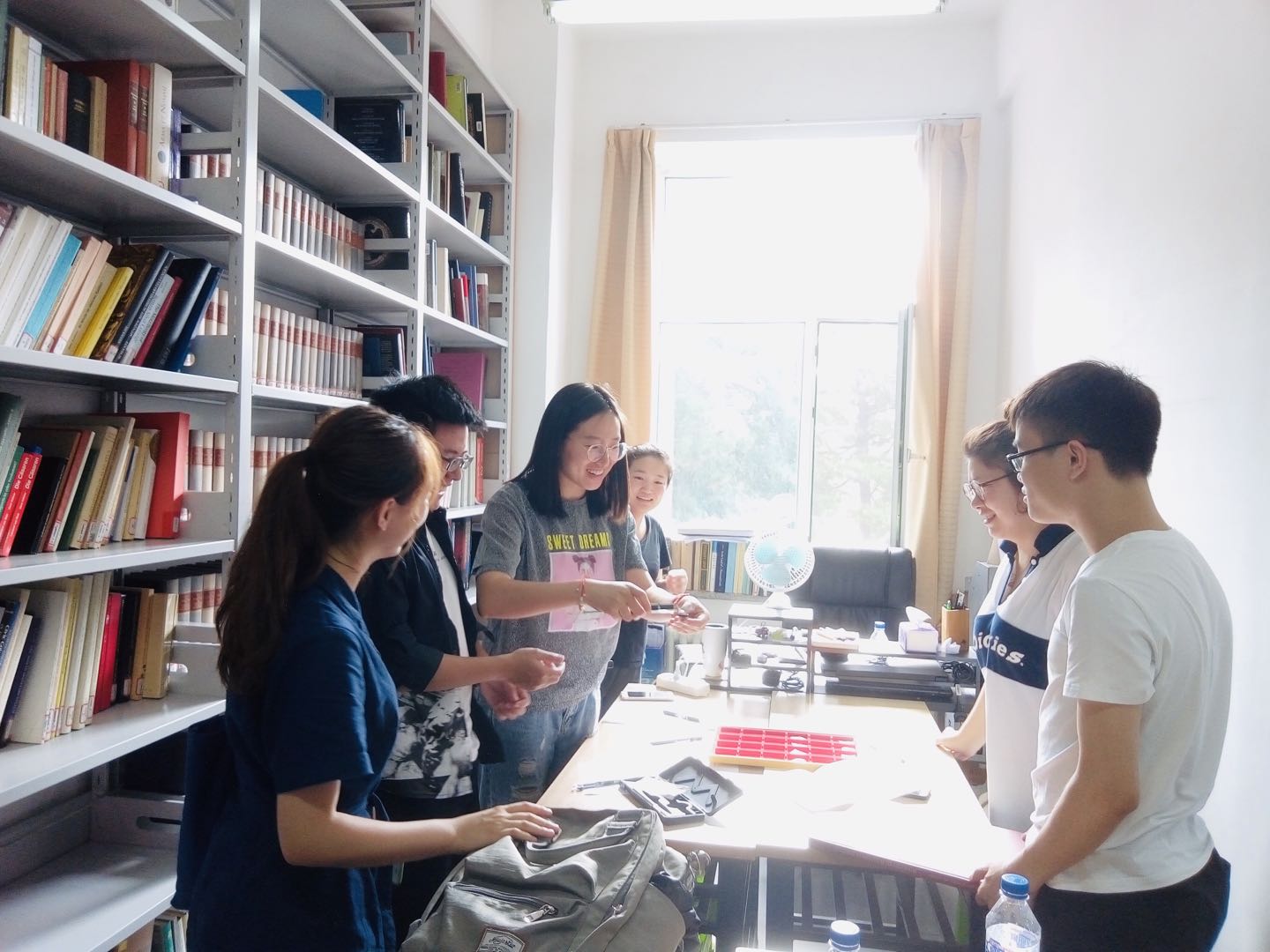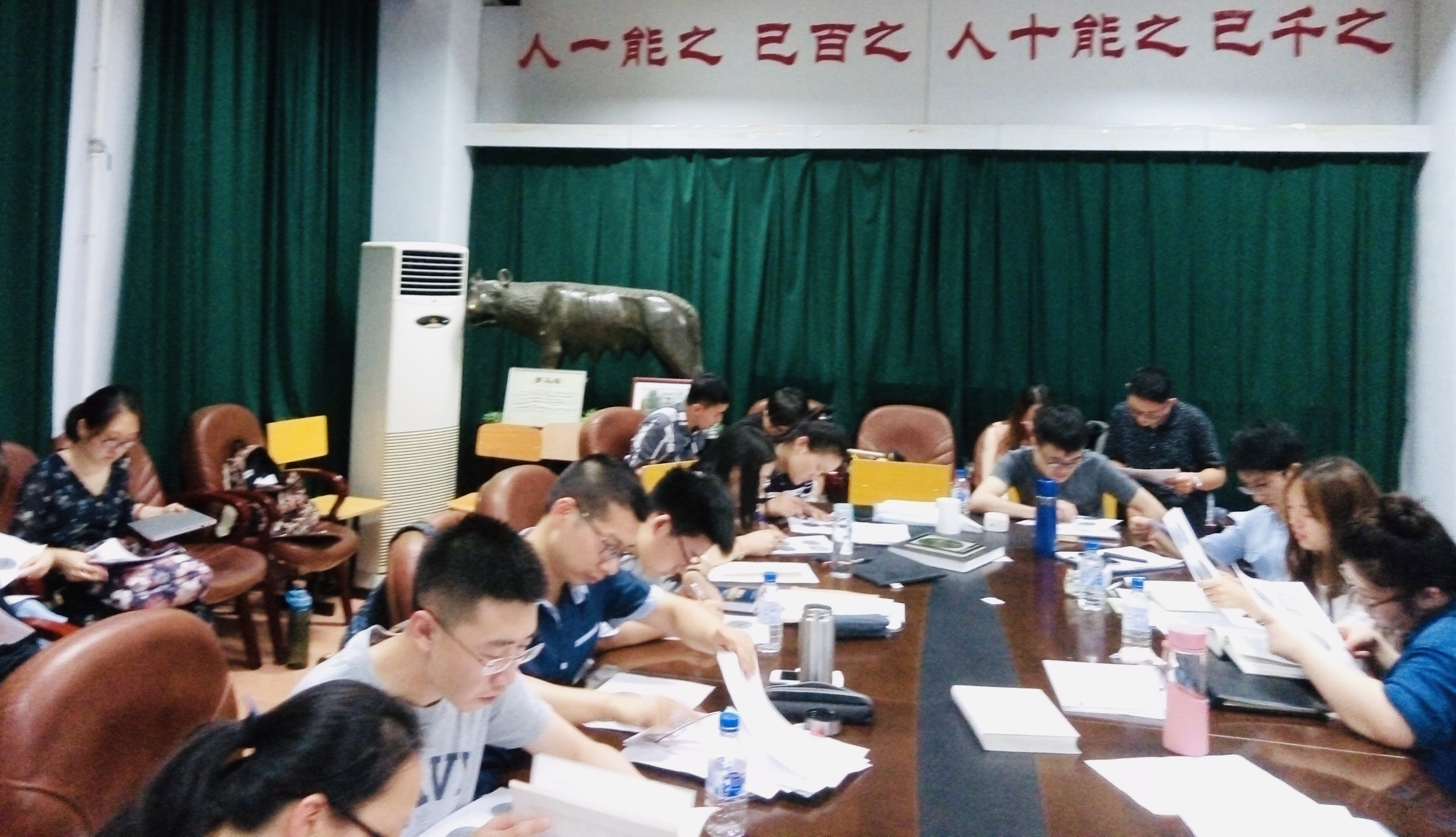What’s going on here? One can read this question in the face of a student walking over the campus of Northeast Normal University during the summer vacation who suddenly sees a group of students focusing on their drawings of the ancient-style façade of the Department of History in the heat of the summer time. What are they doing in front of the building close to the bust of the founder of the Institute for the History of Ancient Civilizations (IHAC), Professor Lin Zhichun? And why are they all staring at the building?
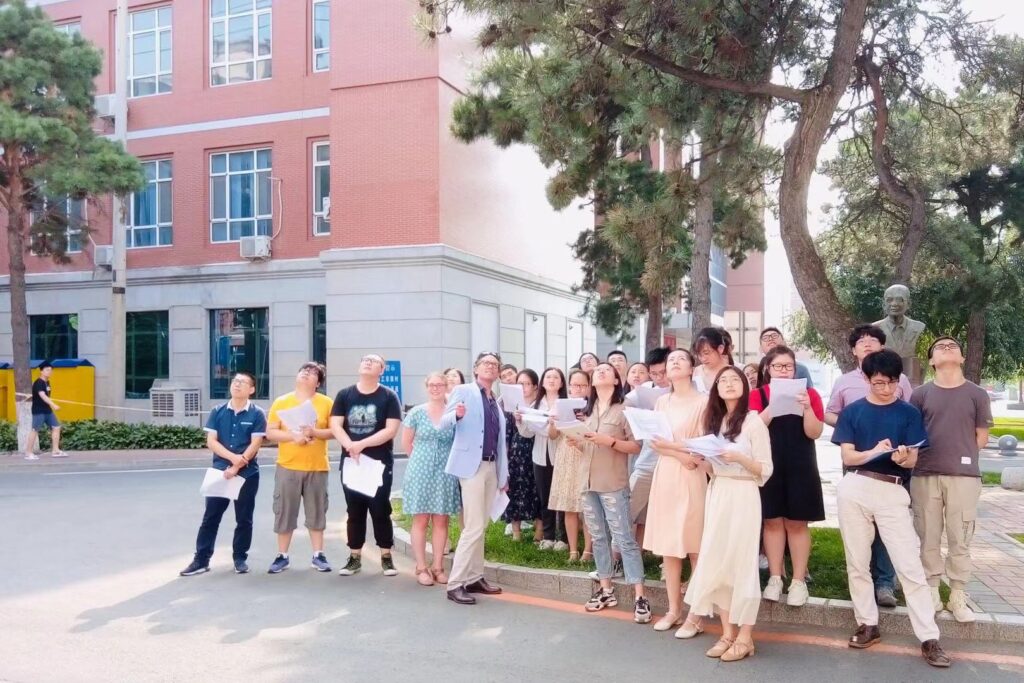
This group of BA-, MA- and PhD-students majoring in subjects like World History, Arts, Literature, Finance, and Ancient Studies from all over China (Beijing, Shanghai, Tianjin, Nanjing) and even California, are guests of IHAC and Northeast Normal University. With all their different identities, backgrounds and experiences, they have one thing in common. They are the 26 participants of the first Numismatic Summer School in China on the topic “Representations of Power on and with Ancient Coins”. Their shared interest in Greco-Roman antiquity has not only brought them to here but also provides them with a common aim: to get known to ancient coins, to discover the (hi)stories behind the objects, and to research and present the respective contexts in an adequate way.

This chance of having a different approach to the ancient West is provided by Professor Sven Günther, vice-director of IHAC and chairholder of Ancient History and Numismatics. He has not only initiated the first university collection of Greco-Roman coins in China with a specialized library to teach students and future researchers in the field but also planned the summer school in order to bring students and experts from different fields of ancient studies together in a vivid atmosphere, to create a forum for discussion and exchange. Together with him, Professor Andreas Grüner and Dr. Elisabeth Günther from the Institute of Classical Archaeology at the University of Erlangen (Germany) give seminars and advice to the students during the two-weeks summer school. The 100 course hours are thus opening perspectives on ancient coins from the viewpoint of ancient history, archaeology, art history by looking in-depth on facets like politics, economy, imperial representation, mythology, iconography, architecture and other forms of ancient arts. Just like drawing the building of the History Department that has a façade inspired by ancient architecture.
And it was quite amazing what spirit came off this interdisciplinary constellation! Working intensively under the auspices of Mussolini’s she-wolf (donated to the last Chinese emperor Puyi), in the morning in seminars and lectures, in the afternoon on the own particular project groups, joy and excitement filled the lecture rooms of IHAC.
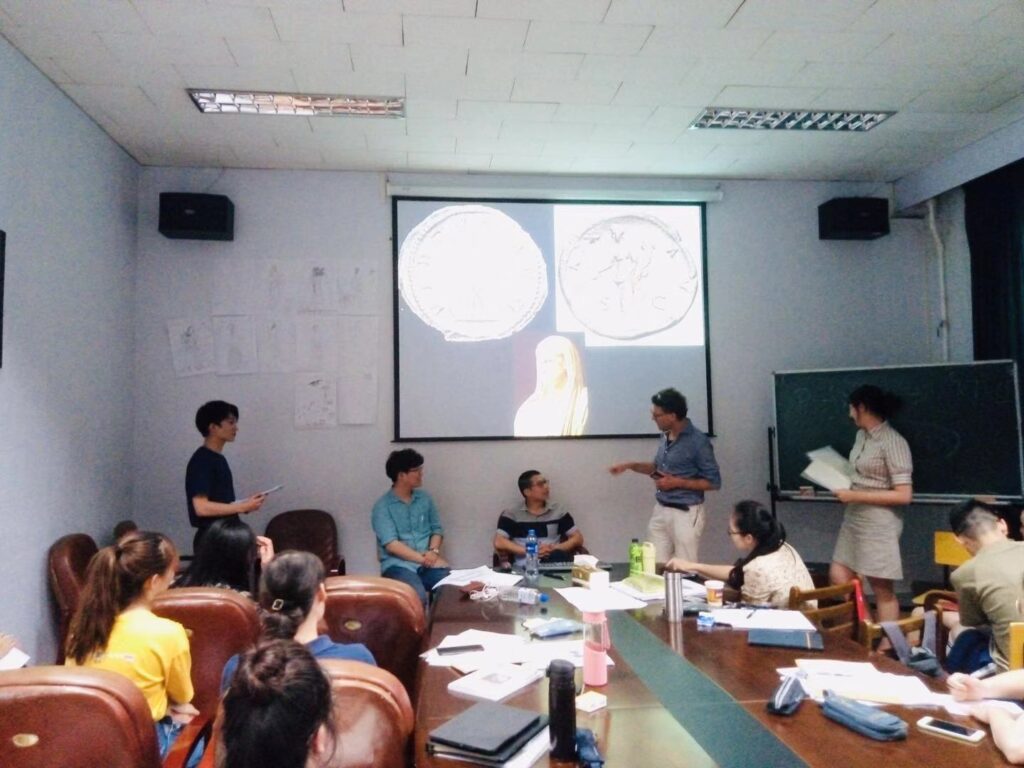

What before was known to the students only from history books, became now material to touch, to feel and to discover in their hands: the ancient coins. The colors and forms, and the traces of history on them became suddenly alive and carried them back into the past where important and well-known stories took place. So, “Virtue” and “Peace” had a struggle in front of the Emperor Augustus whether a military expedition should be started against Germania. Finally, the emperor, advised by his Confucian philosopher, delivered a pathetic speech to create peace through a successful war. And during the project-group works, the creativity of the students in researching topics just as “Tradition and Innovation in the Coinage of the Flavian Dynasty” or “Men and Women during the Severan Dynasty” was sparked by writing precise texts, designing posters and preparing performances for the final presentations.
According to the course concept, these project works were designed to combine scientific learning on original coins with the use of research literature, the creative presentation of the research results and the development of social and organizational skills within the respective groups. However, this conceptional framework was filled with vivid life and spirit so that the participants who had never met before became immediately friends. They exchanged and discussed their research and private interests, experiences in universities during and long after the course hours.
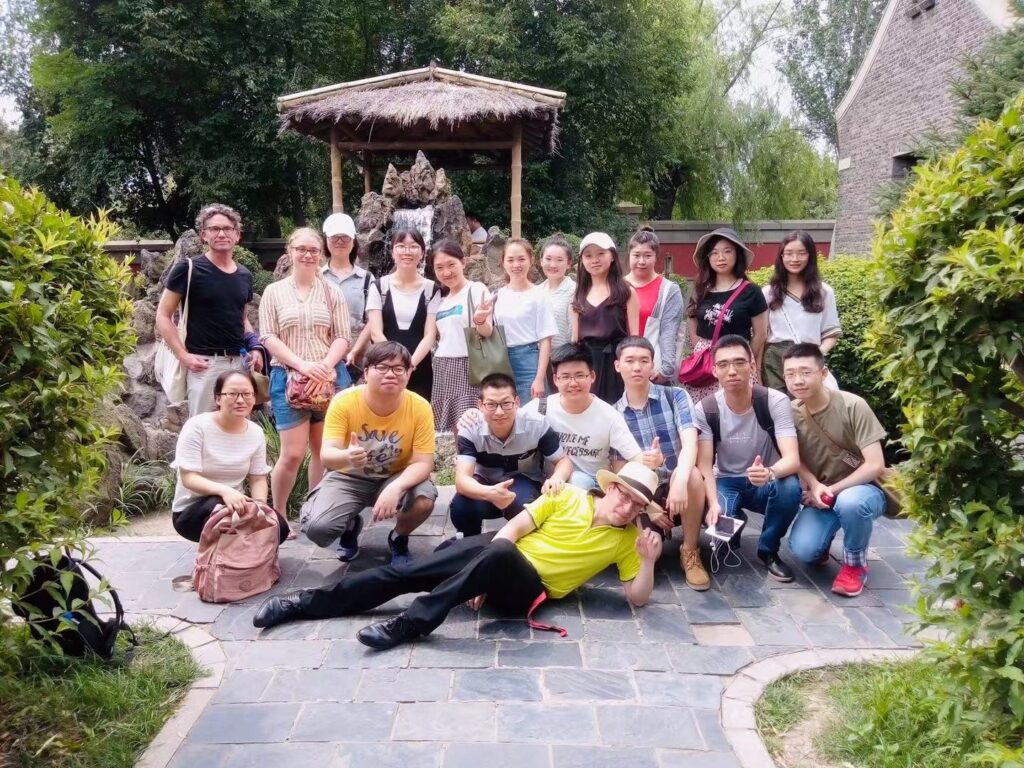
In this respect, the after-work party at the end of the first course week was the best place to come together and to intensively exchange with the course leaders. While having a German beer, or two, the two generations of young researchers in ancient studies from different nations spoke about their dreams, aims and future expectations which are by far better in China than in Europe at the moment. At the following day, the visit of the imperial palace of the last Emperor Puyi switched the roles between “teachers” and “students”: the Chinese students became enthusiastic teachers of the foreign guests whose Western view on the architecture and history of the palace led to a mutual exchange about representations of power.
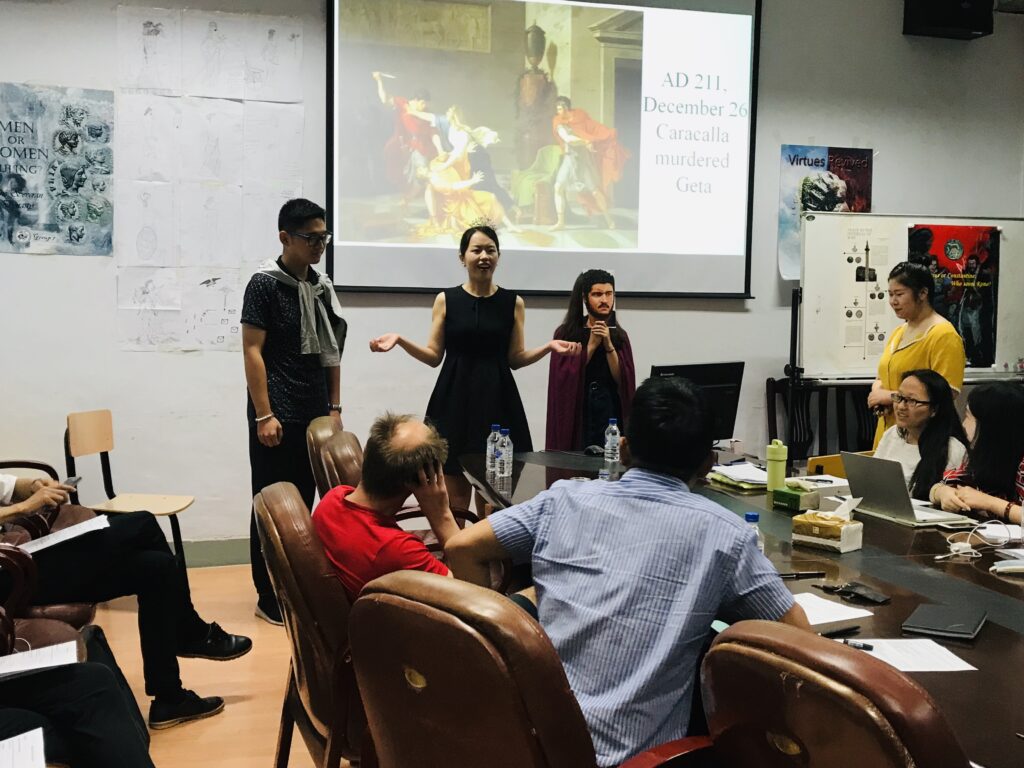
The final presentations at the end of the second course week mirrored the immense efforts and night-long discussions of the participants who could now study the results of their fellows. With many participants posting “Happy End” together with their IHAC-certificates on their Wechat profiles, their happiness of having created something embraced the competition on the first prize.
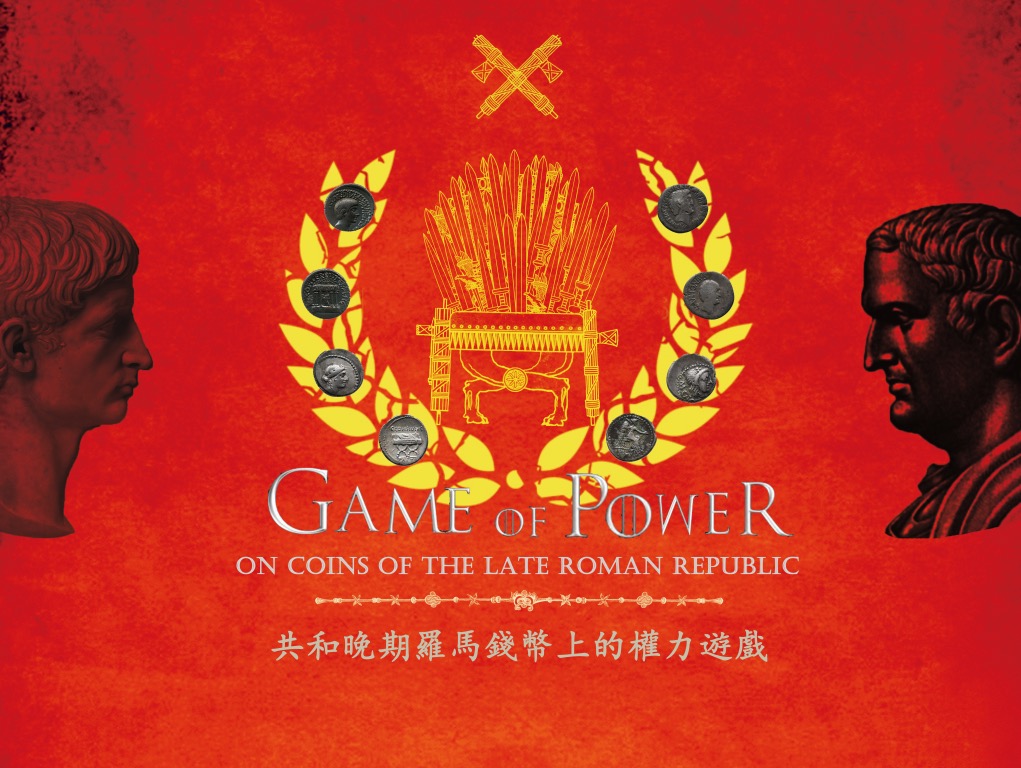
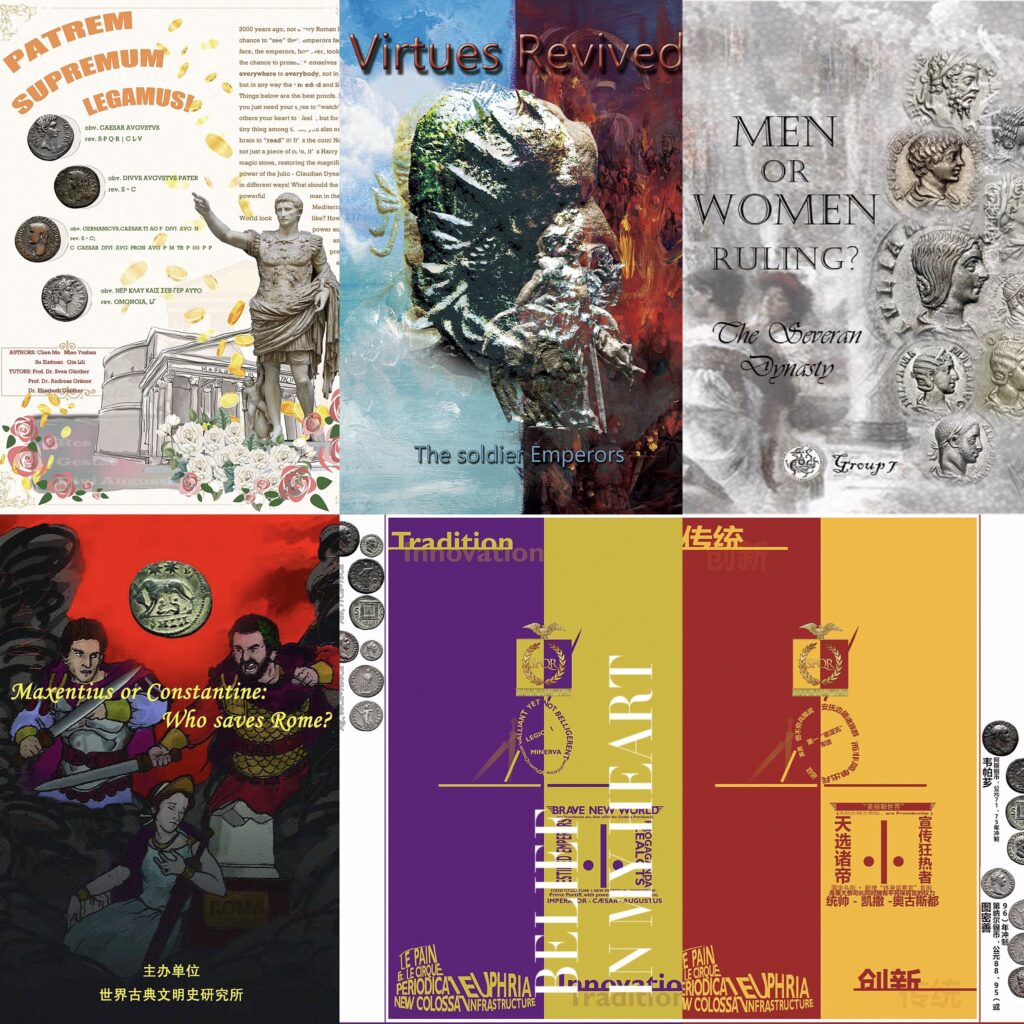
This prize was won by the group with the topic “Games of Power in the Late Roman Republic” displaying the various conflicts during the Civil Wars in the individual characters like Octavian, Marc Antony or Cato and their respective coin issues. Thus, the creativity and different approaches of the Chinese students resulted in bringing old discussions and the related coins to new life!
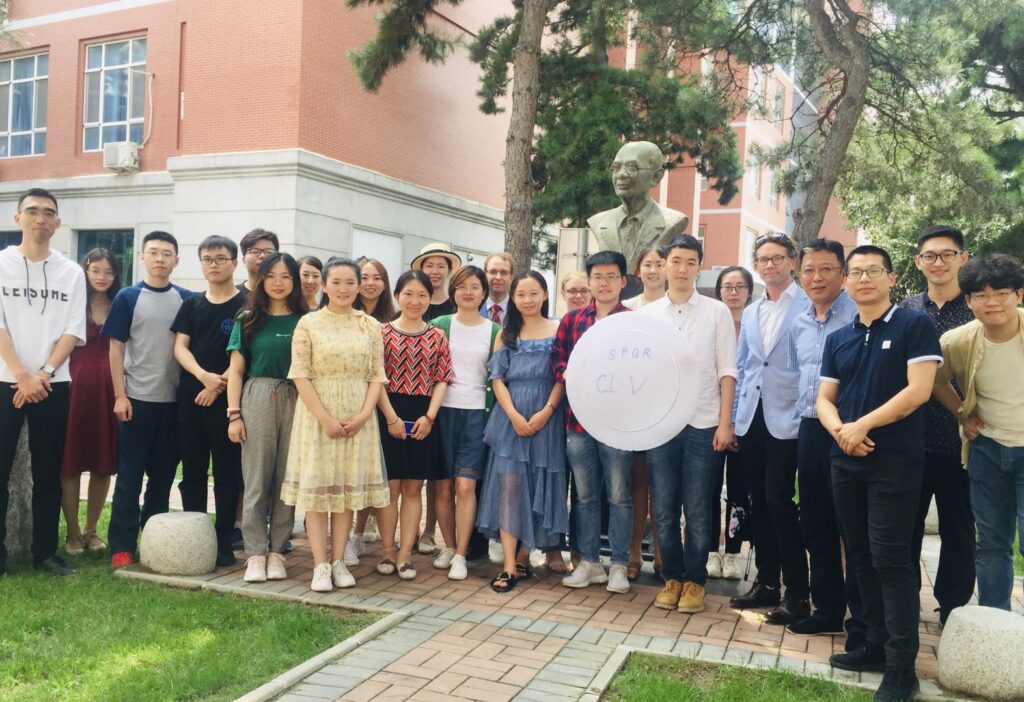
For the instructors, this intercultural exchange and different perspective on allegedly well-known topics was extremely inspiring, too. They were deeply impressed that Chinese students ask questions from their own background that could never come up from German or European students. Professor Grüner, now under his new Chinese name “An De Yong” (安德勇) was overwhelmed by the impression of his first visit to China. A cultural shock? “Not at all, all positive and very stimulating!”, so his comment. And it was indeed stimulating for all participants who could have such an intensive exchange while focusing on ancient coins from the Roman Empire. To put it in the words of the IHAC-director Professor Zhang Qiang at the farewell dinner: “A toast on new perspectives, new ideas, and new friendships!”
Chen Mo is preparing a PhD thesis under the supervision of Professor Sven Günther, IHAC, NENU, Changchun.
CoinsWeekly repeatedly reported on what’s going on at IHAC:
In a project seminar students developed an interactive approach to ancient numismatics.
And in 2018 students discussed the role of women on ancient coins in an exhibition. (Attention: The exhibition comprised not only genuine ancient coins but also – as the coins shown in the article – so-called Becker-forgeries!)



